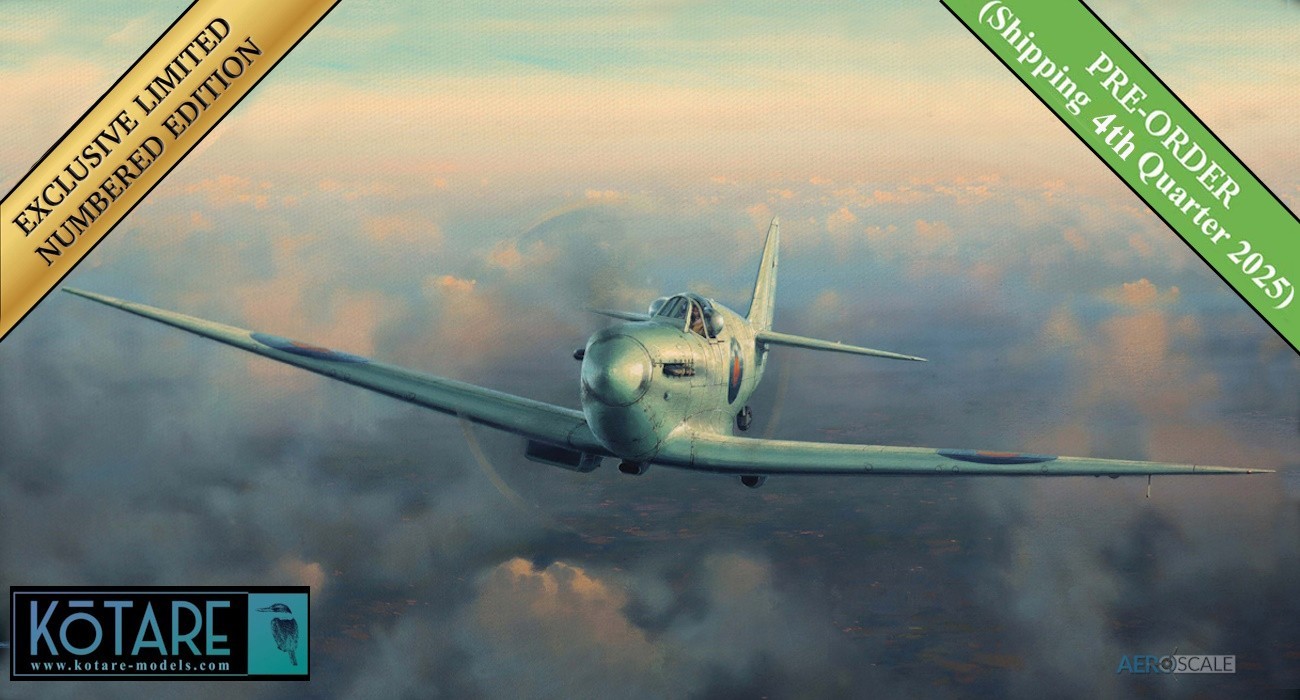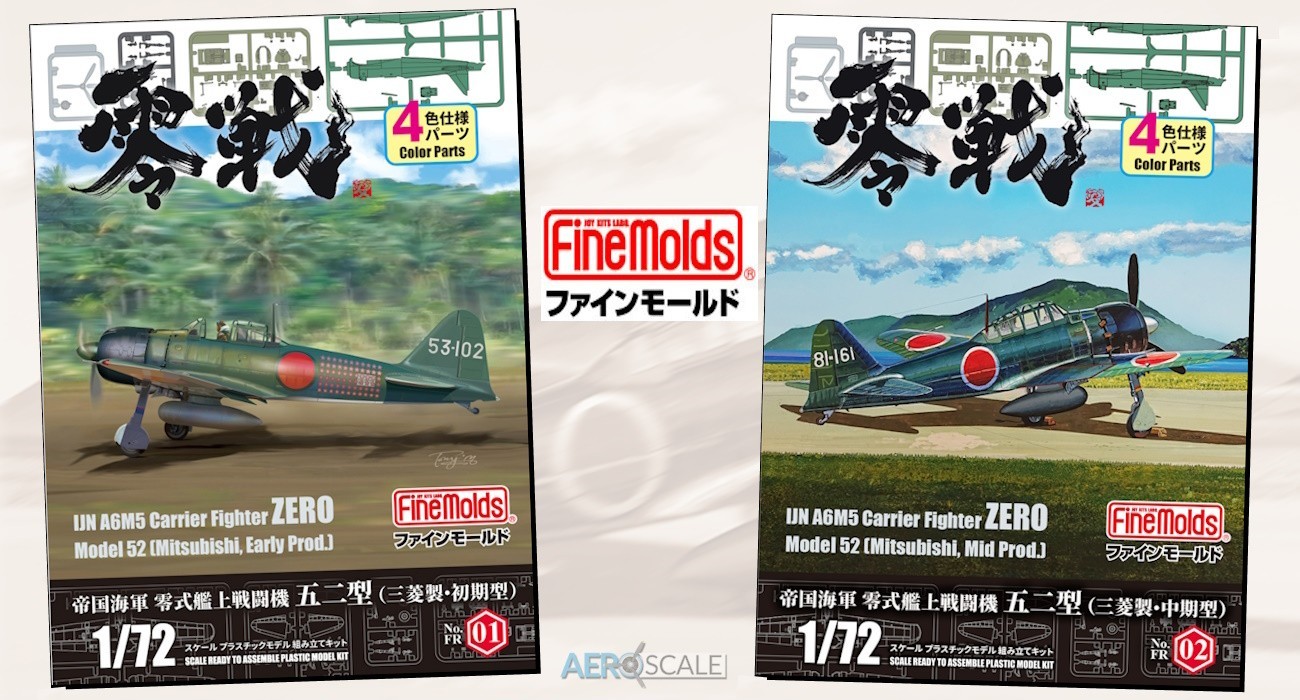Introduction
Anybody interested in jet aircraft, has I suspect built an F-86 Sabre in 1/72nd, or maybe even 1/48th. The fans of building it big I suspect may even have found a 1/32nd scale offering. Hobby Boss however, have decided that if you are going to build it big it needs to be BIG, and produced a model in 1/18th scale. So the big question is, is this offering a scale model or a toy? So let’s take a look.
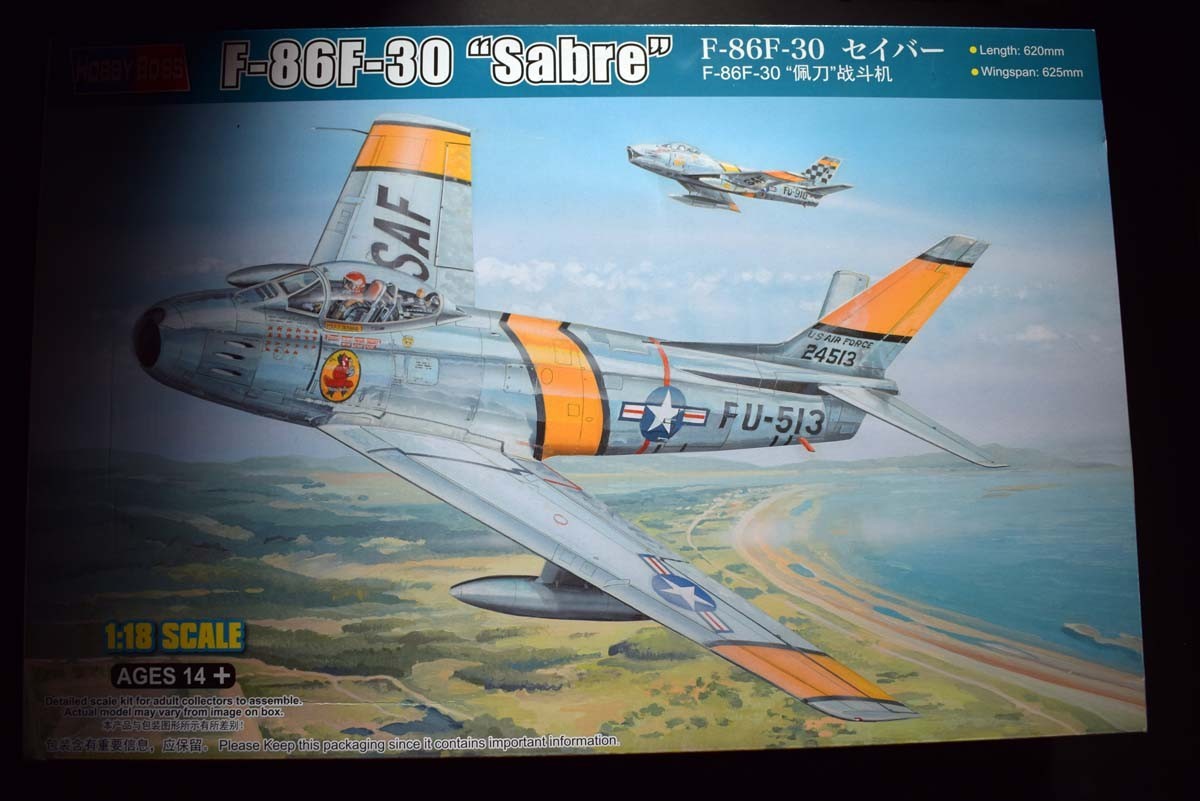
Review
Opening this very large cardboard box with a separate cardboard lid, which has quite a nice graphic representation of a Sabre on the front. You are presented with two further cardboard boxes, and a bagged fuselage which is about 23inches long. An examination of the contents reveals no major issues beyond the quite heavily moulded canopy and a few parts that have broken free of the sprues despite the protection provided by the packaging. One other minor area of concern, are the size of the gates between the sprue and the moulded parts, which are reminiscent of the 1/24th Airfix kits of the 1970’s. As such removal of parts will require some care in the manner in which the parts are removed.
Cockpit
Looking at the parts that make up the cockpit of this model, I believe Hobby Boss has been quite clever. They have produced a robust cockpit assembly that appears to be accurate looking at reference. With the possible exception of the size of the seat that appears to be on the high side. The panels down each side of the cockpit appear to be accurate from visual reference. The main instrument panel with flight controls on it also appears to be accurate, although elements mounted on top in front of the main shield are not fully replicated. Separate harness detail has been provided, including the latch mechanism, but has been produced in vinyl rather than the usual photo etch. The result of this, is that I believe this model has been produced with the younger modeller in mind, due to all the movable bells and whistles parts that I am seeing, but with a little work could also be tackled as a very nice scale model.
Under Carriage
The under carriage of this model has been produced in a manner that will allow the under carriage to be retracted or deployed after assembly, and that is not something that the serious modeller will be looking for. Brake and hydraulic lines, would need to be added to improve the struts. The tyres of the model have been replicated in vinyl rubber, which I know is a pet hate of some. On the plus side there is a reasonable amount of detail in the wheel wells, providing the serious modeller with a good starting point for good detail to be added. A weight has been provided with a holding bracket in order to prevent the model from being a tail sitter. Looking at other interior elements of the kit, you are given a substantial length of air intake piping, and the exhaust is a good length as well. Something else that is provided here are covers for the intake and exhaust, which I would most likely use, unless a lot of detailing is used in the intake and exhaust areas. The under carriage doors of the nose wheel have been made functional, and this is something that will need to be tackled if being built as a serious model. That is also true of the rear wheels access panels, but these will not need anything like as much work.
Fuselage
It is when you get to the fuselage halves, you realise that this is a 50/50 kit. As it is not glued together, it is intended to be screwed together, and screws are obviously supplied for this purpose. I am sure that many of you are now thinking “Why on earth would I want to see screws on the fuselage?”. Well the answer is you won’t. The screw holes are recessed, and shaped caps are provided to cover the holes. Panel lines are recessed and on the large side, but not overly bad for a kit this size. Air brakes are supplied with the doors intended to be workable, and this again is something that I would bypass. Visually though the air brakes look OK to me. Moving to the front and the machine gun mounts, this is again open with separate machine gun mounts and ammunition feeds, but this is an area of the model that I question the quality of the detail, and as such I would likely glue them closed. The clear portions of the fuselage are on the heavy side, which I believe is due to it being aimed at the younger modeller, but I do not believe it is beyond use.
Flight Surfaces
The wings and tail have again been screwed together rather than glued, I would most likely use both. The flight control surfaces are again functional, this to me is no big issue, as the functional aspects are hidden, and so glue in place or leave as it - The choice is yours. The two wings have been screwed together to make one assembly, before being screwed to the fuselage itself, with again Hobby Boss having supplied shaped caps to hide the screws.
Hobby Boss has supplied two drop tanks and two sidewinder missiles, for mounting under the wings. These are quite nicely detailed, but the fins of the sidewinder, would benefit from being thinned a tad. Hobby Boss has also supplied a vinyl rubber pilot figure that needs to be painted and assembled. I myself would just give this to someone to play with, as it is not something the serious modeller would utilise.
Finishing
Hobby Boss has only provided one finishing option for this model, and as is usual for them provided nothing in the way of information. However, a search on the internet for the registration number for the aircraft, shows that this represents an aircraft that was purchased from a storage yard in California, by Dave Zeuschel Racing Engines and registered as N86Z in civilian use. It was rebuilt and brought back to airworthiness, by Van Nuys. The aircraft crashed and was destroyed, at Shafter California on April 25th 1987. Zeuschal himself being killed in the accident. The accident report of the aircraft is as follows:
“Following an air show the pilot transmitted, while on final approach to the runway, that the engine has seized. The aircraft was landed with the landing gear retracted. During the flare the aircraft became uncontrollable, bounced several times on the runway, and burst in flames. Post crash investigation confirmed that the engine was not rotating (Or wind milling) and that the emergency hydraulic system was not being used. Furthermore, the ejection seat was disabled and the pilot was not wearing a parachute. The National Transport Safety Board determined the probable causes of this accident as follows -
Turbine assembly… Failure, total
Emergency procedure… Not performed… Pilot in command
Contributing factors… Hydraulic system… No pressure
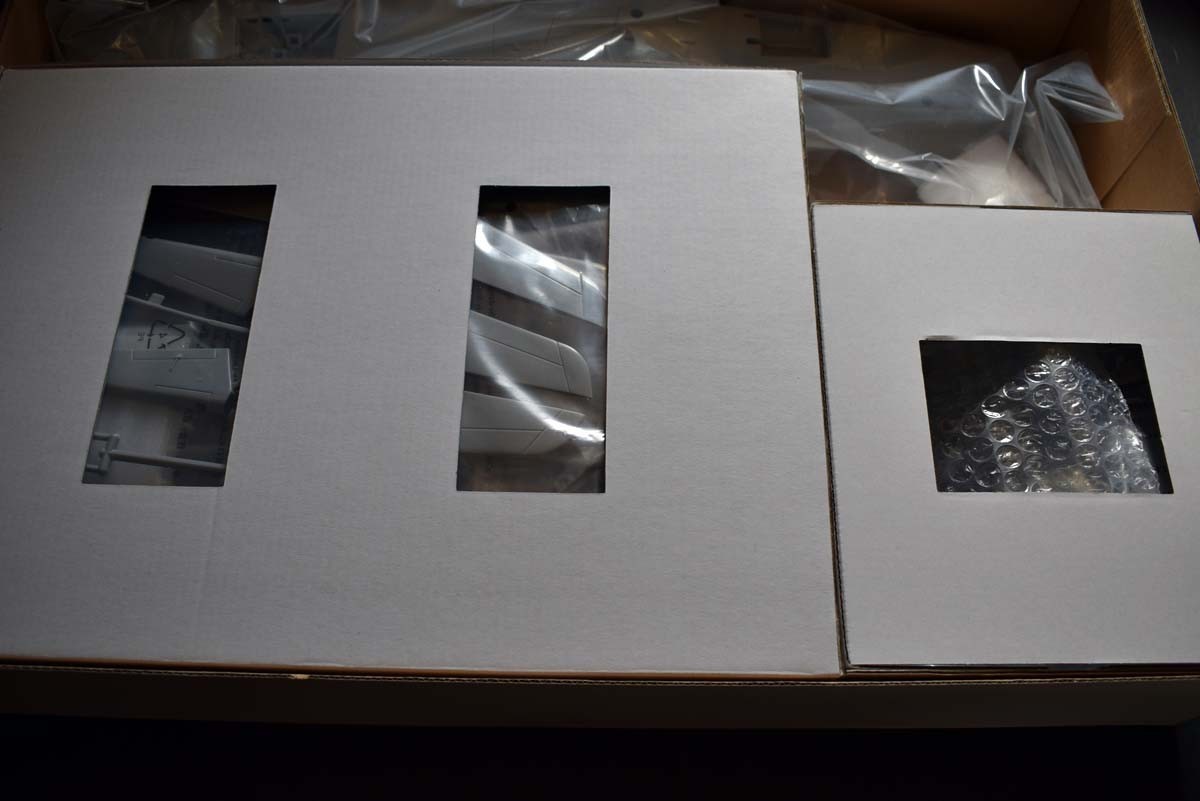
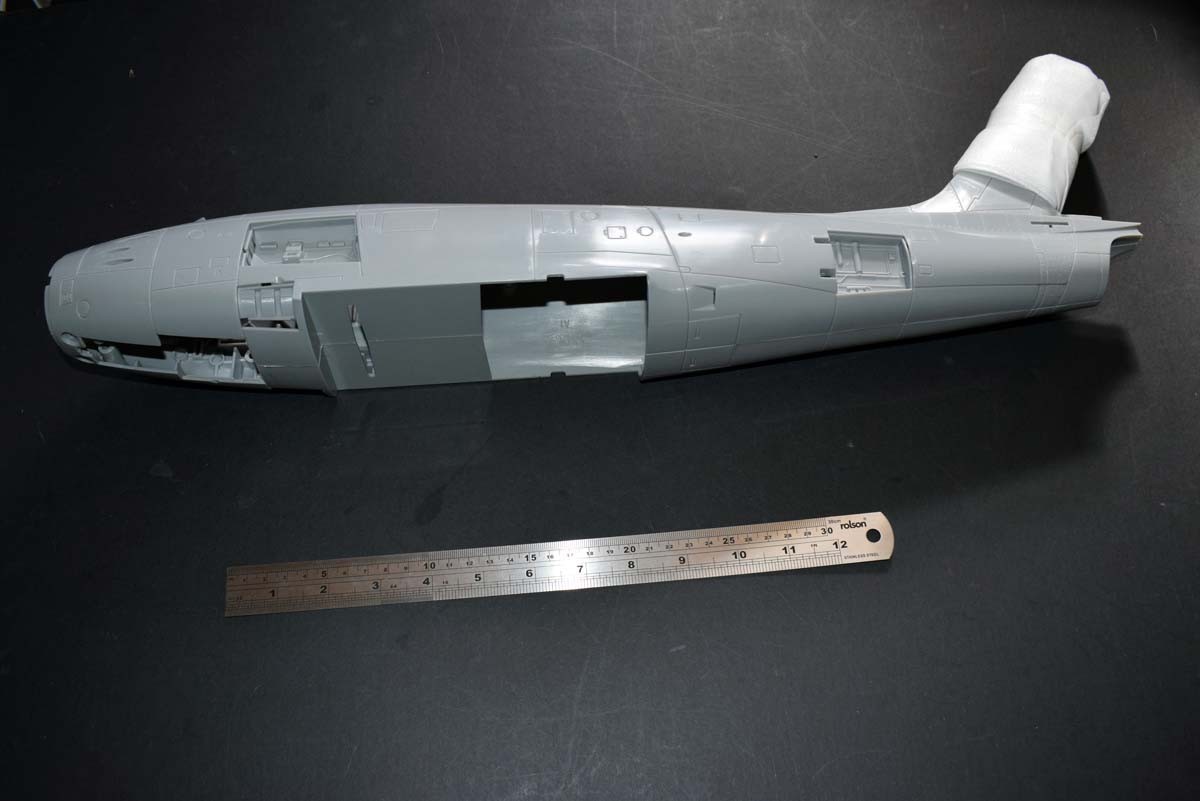

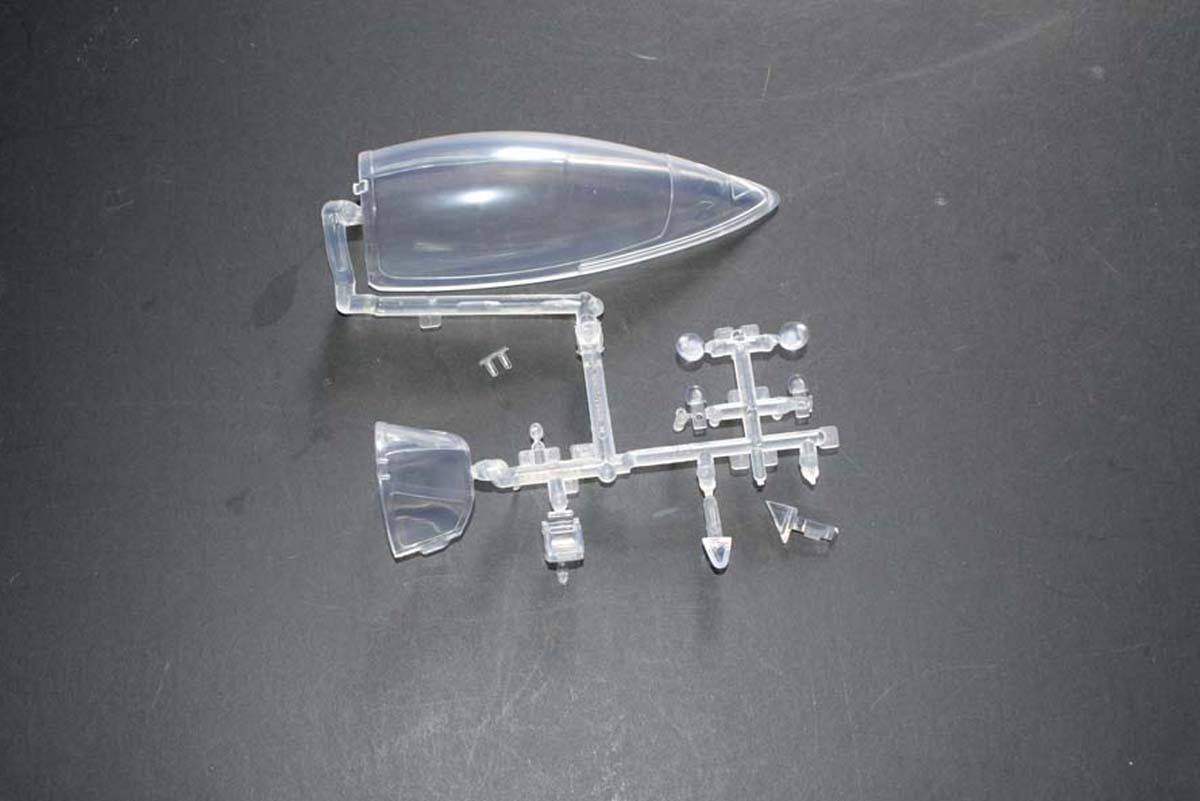
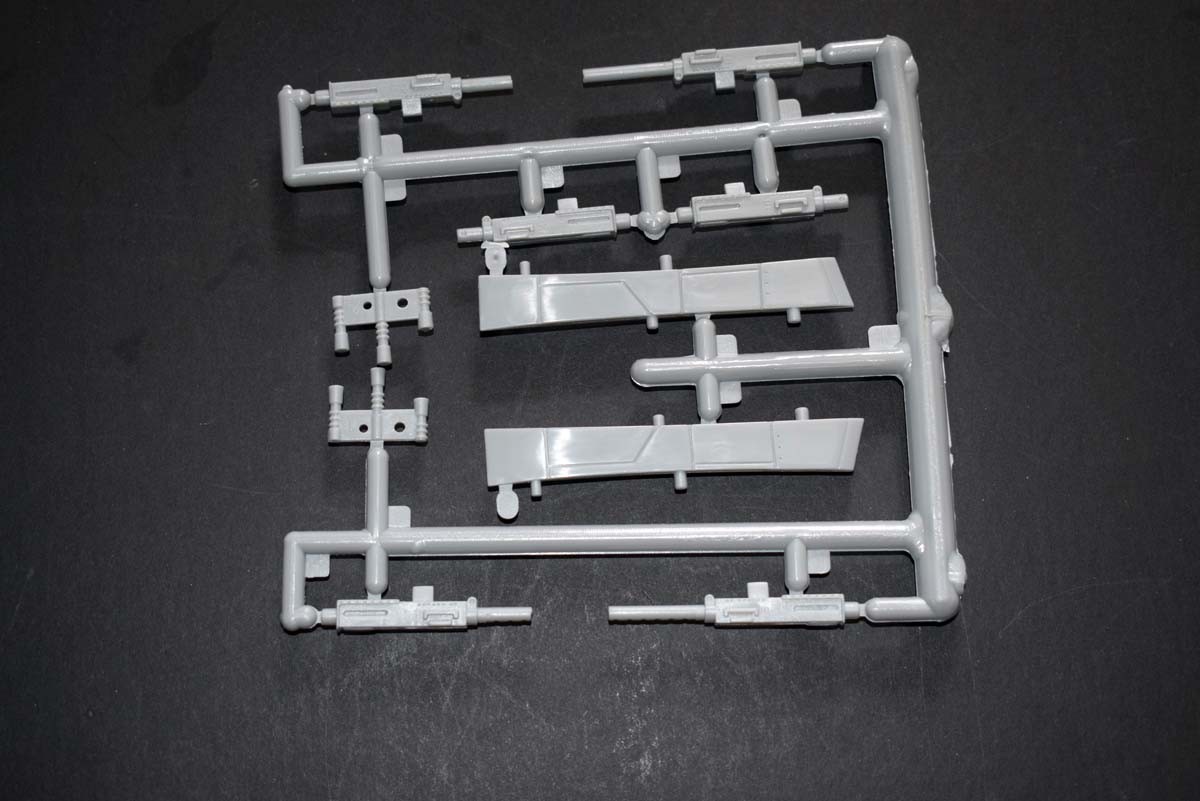
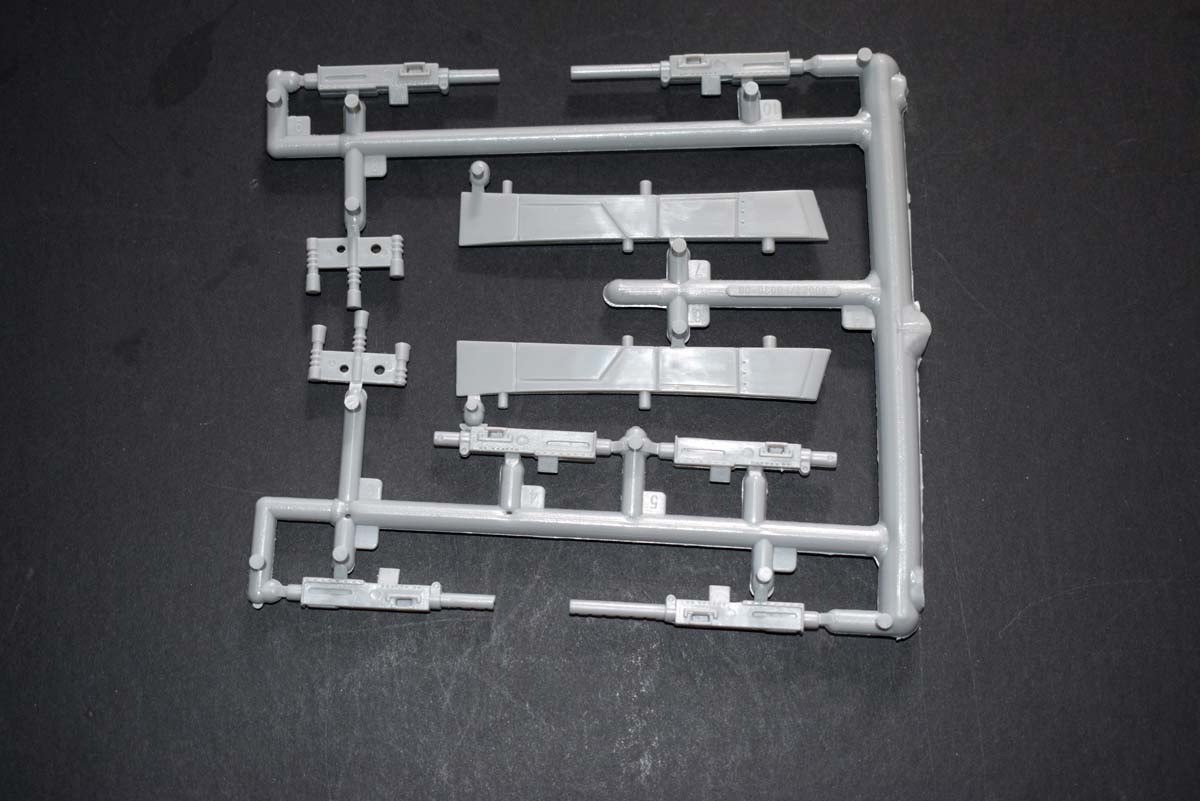
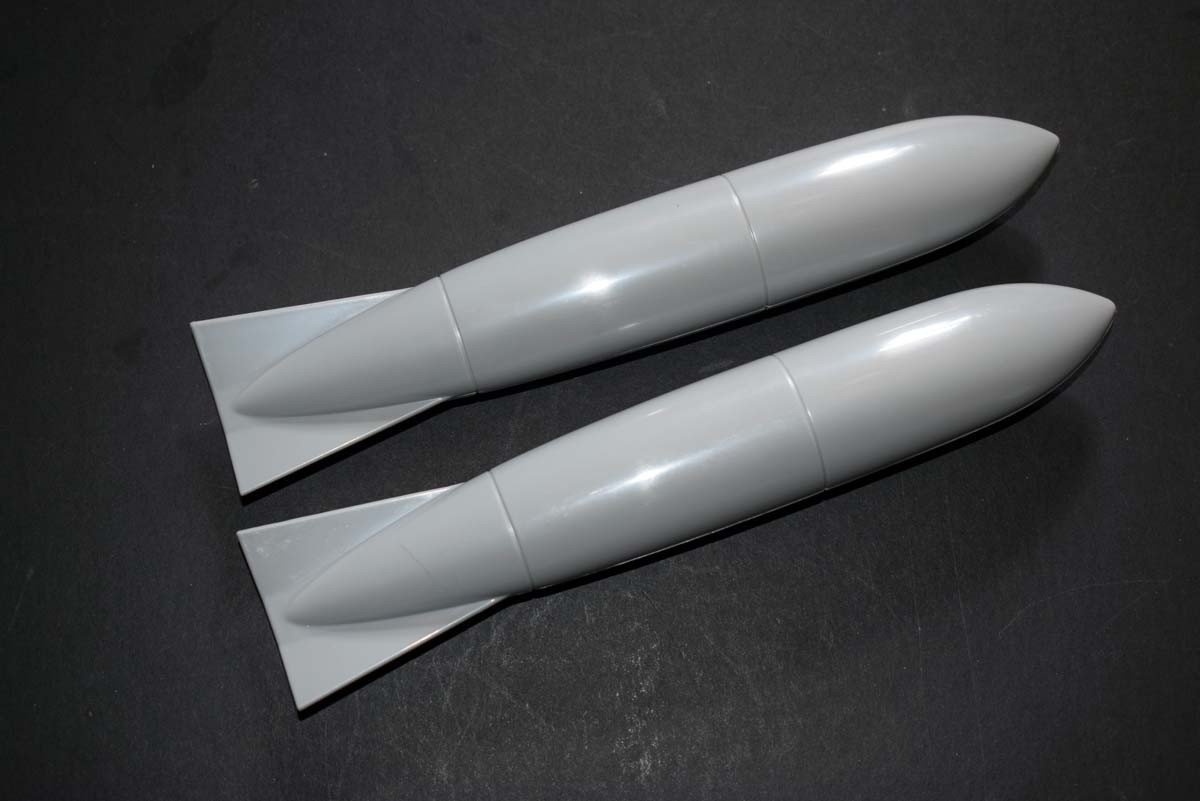
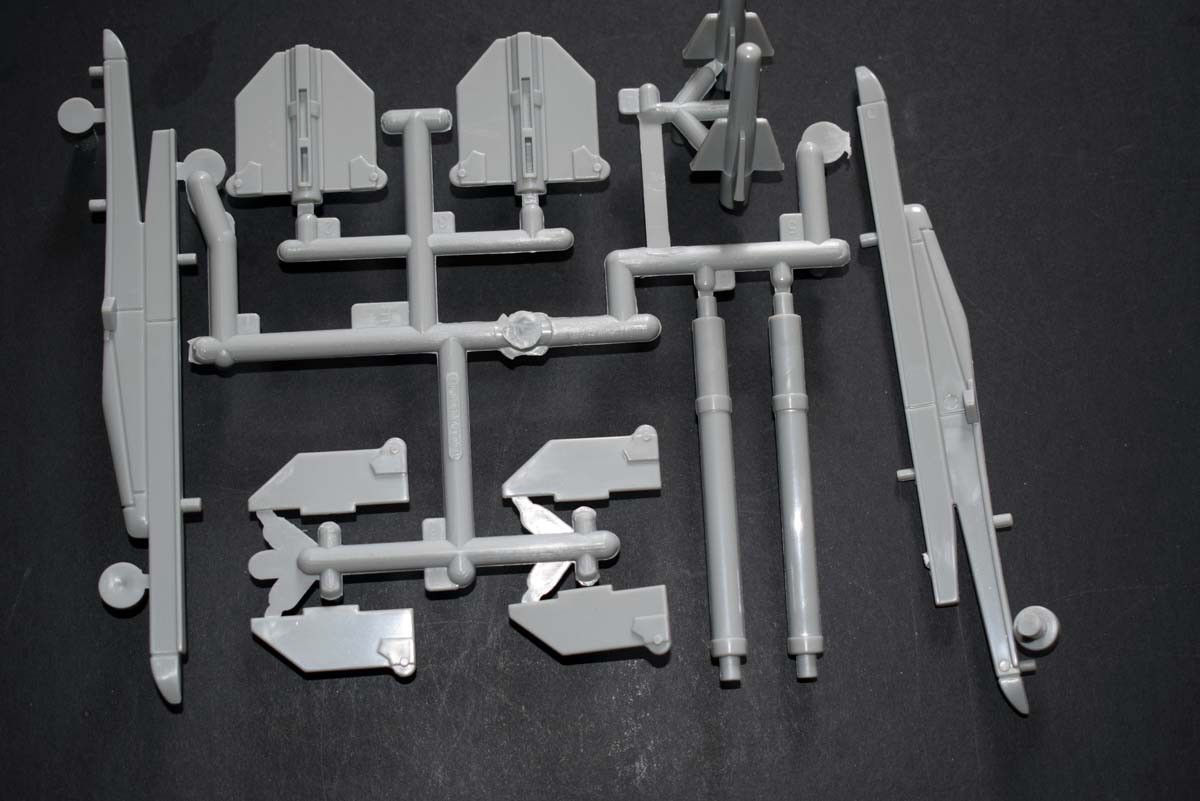

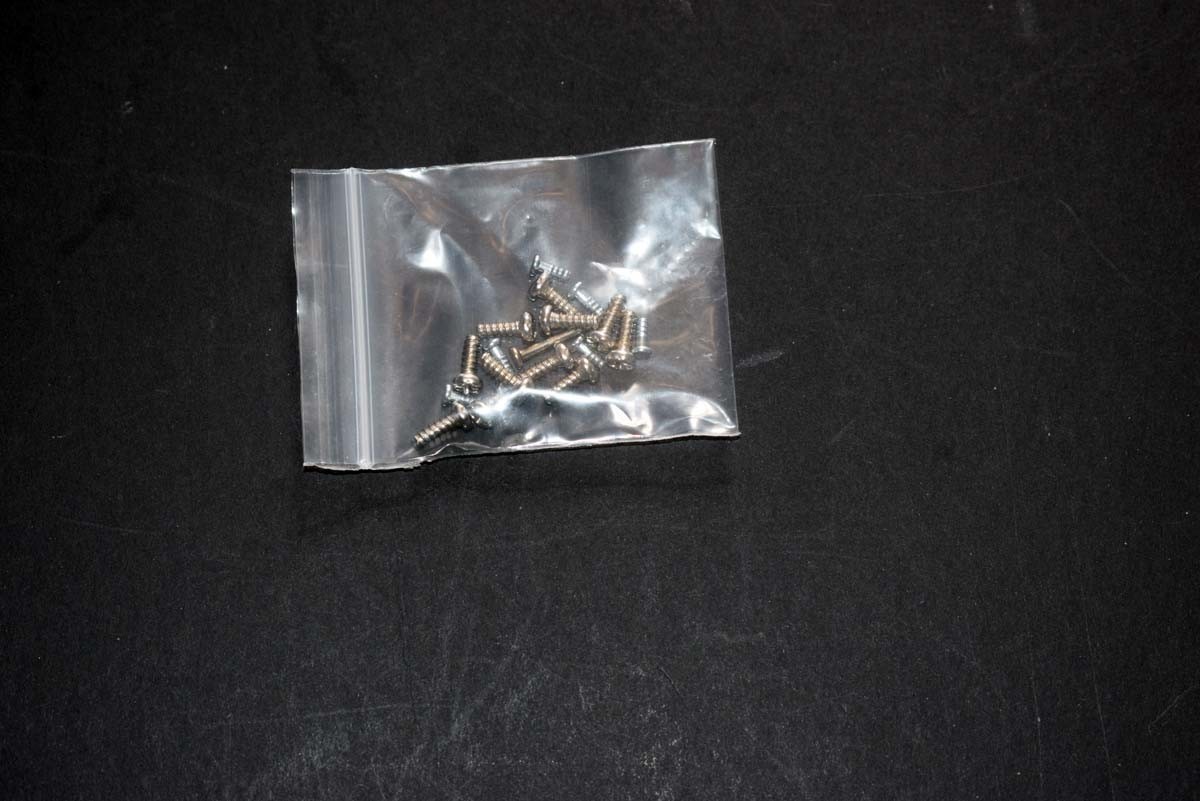

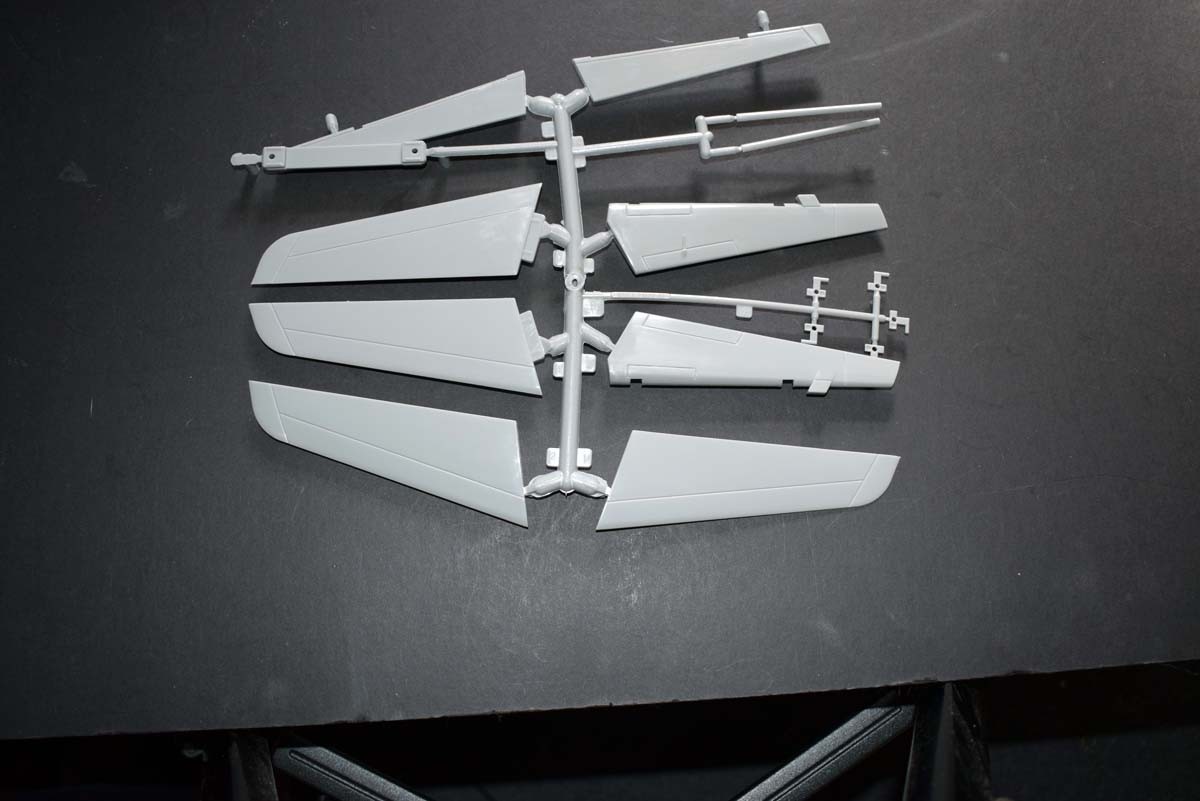
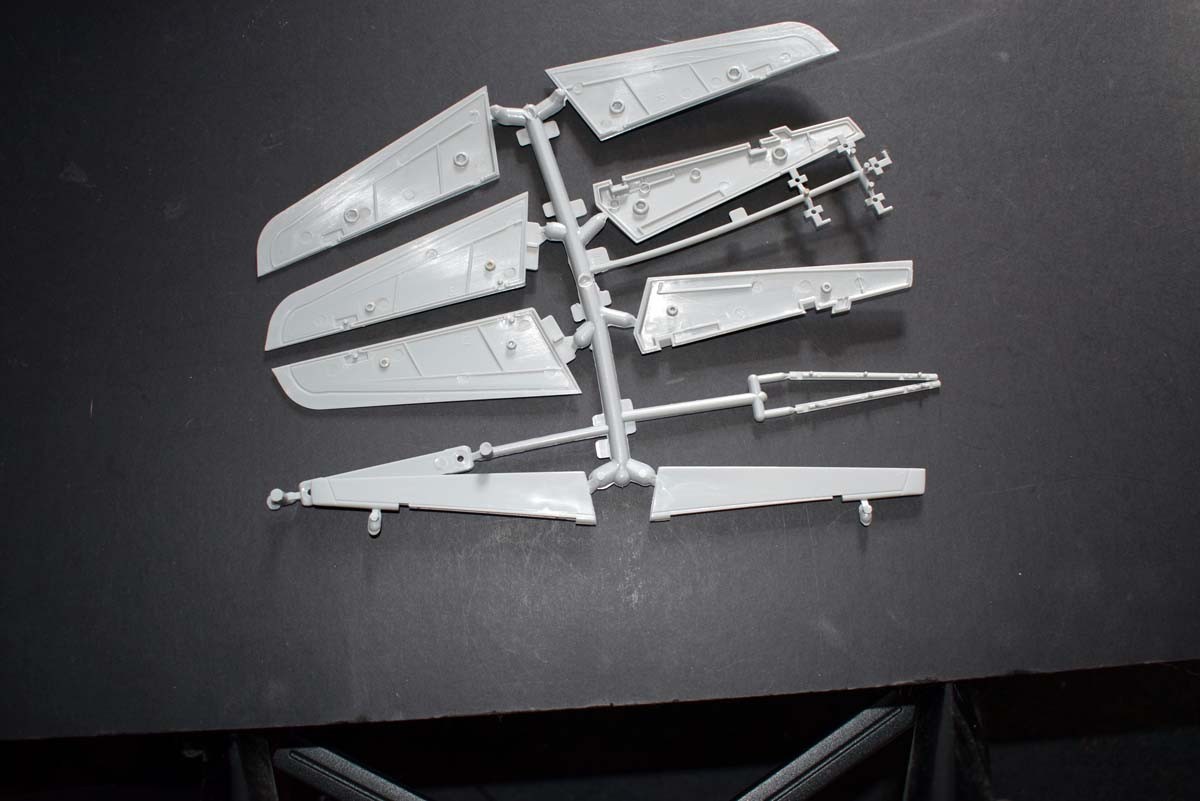
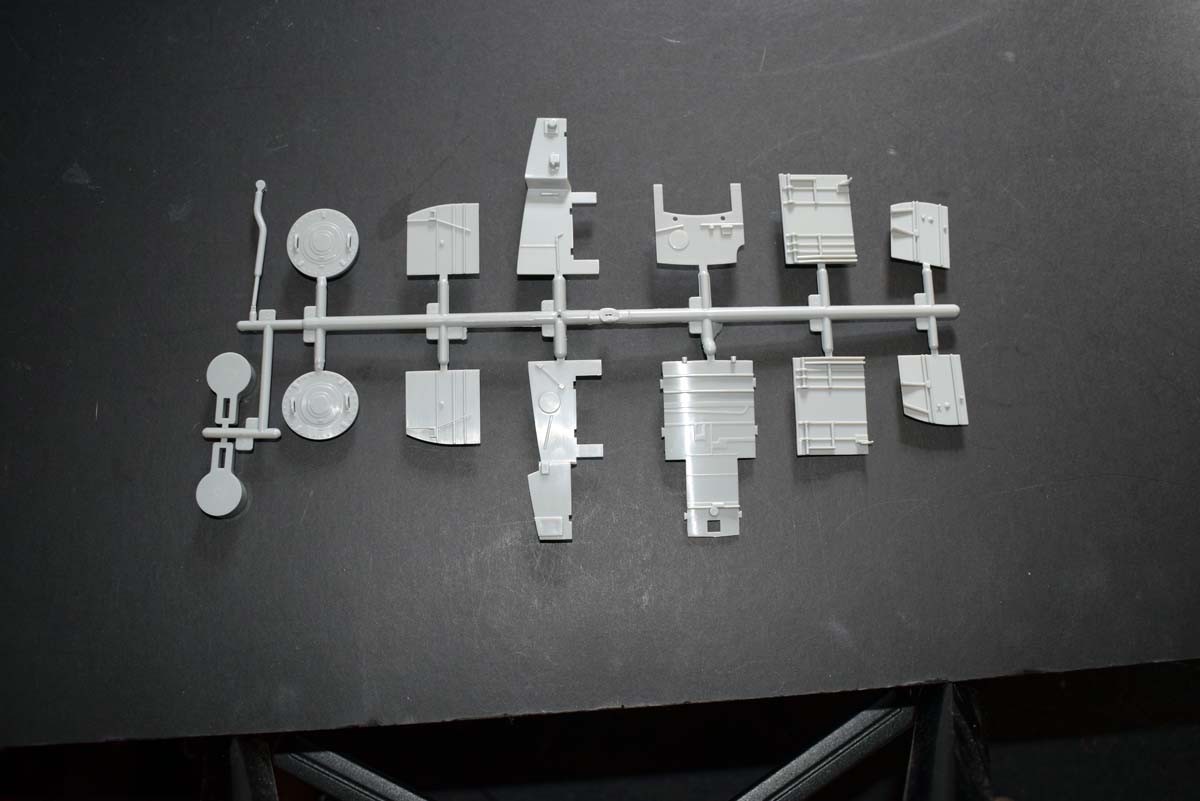
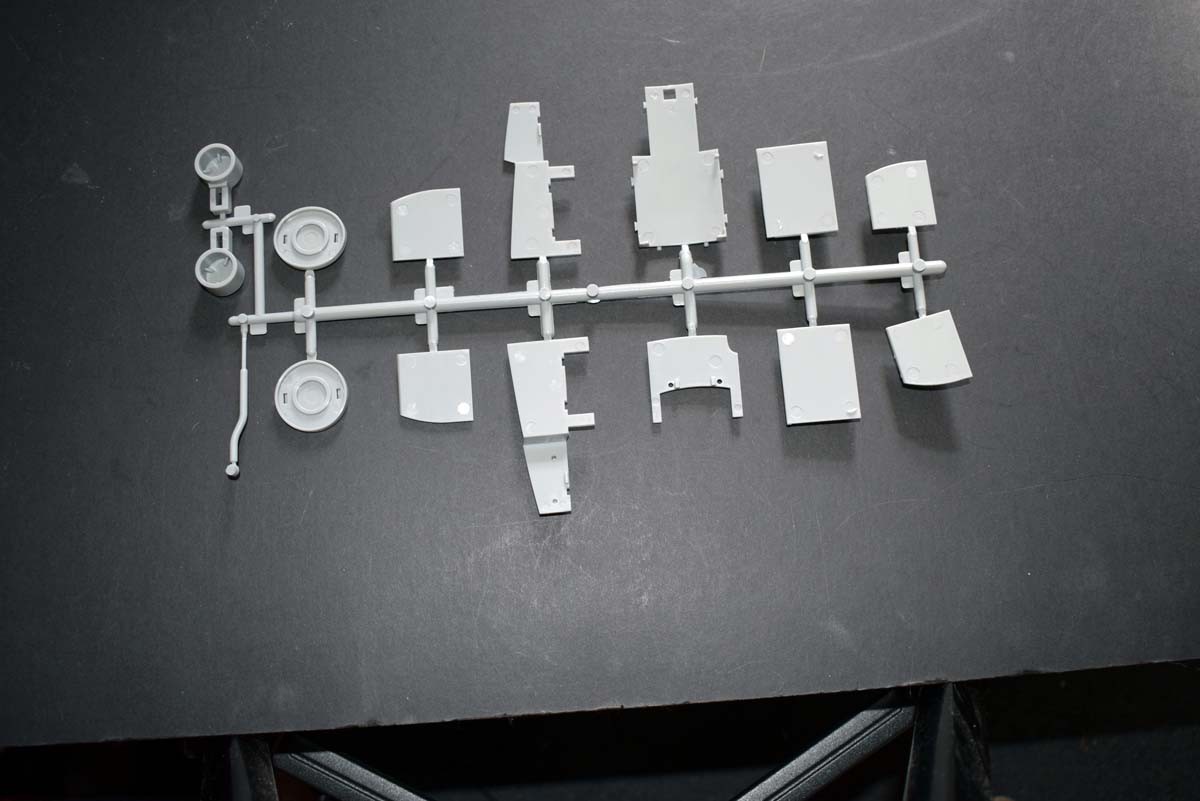

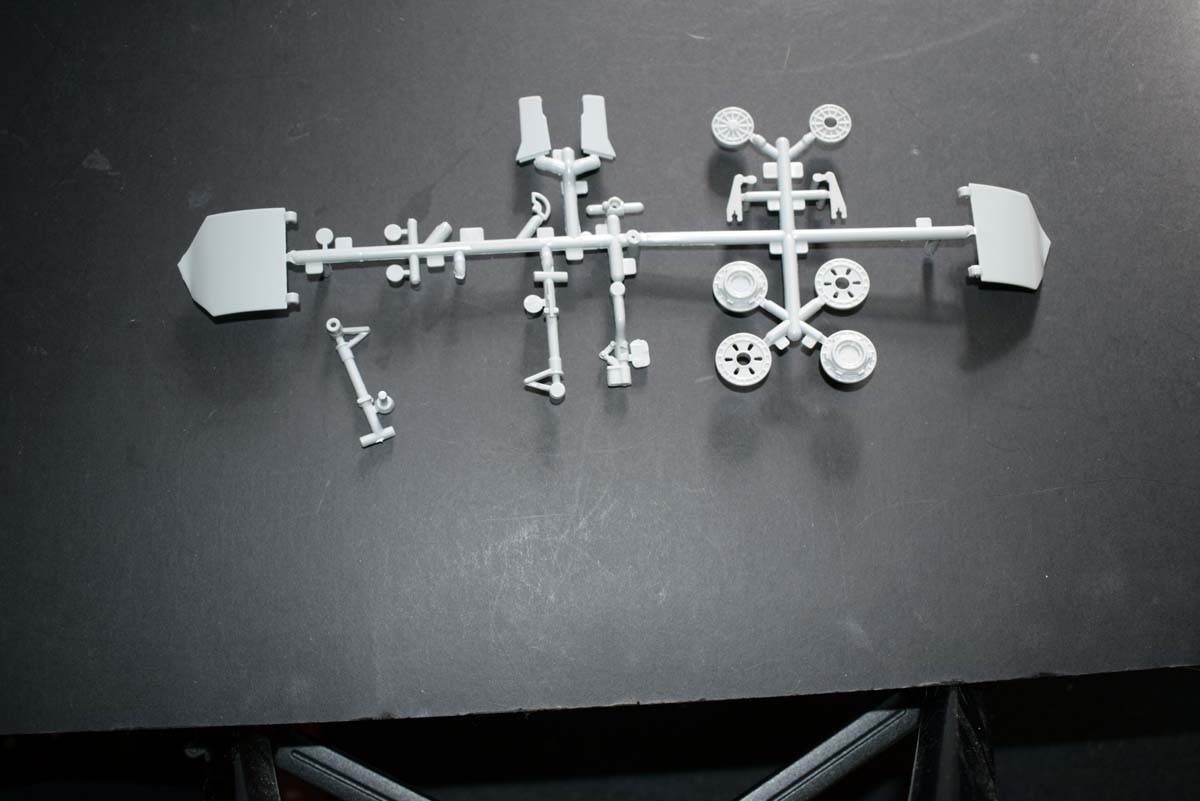
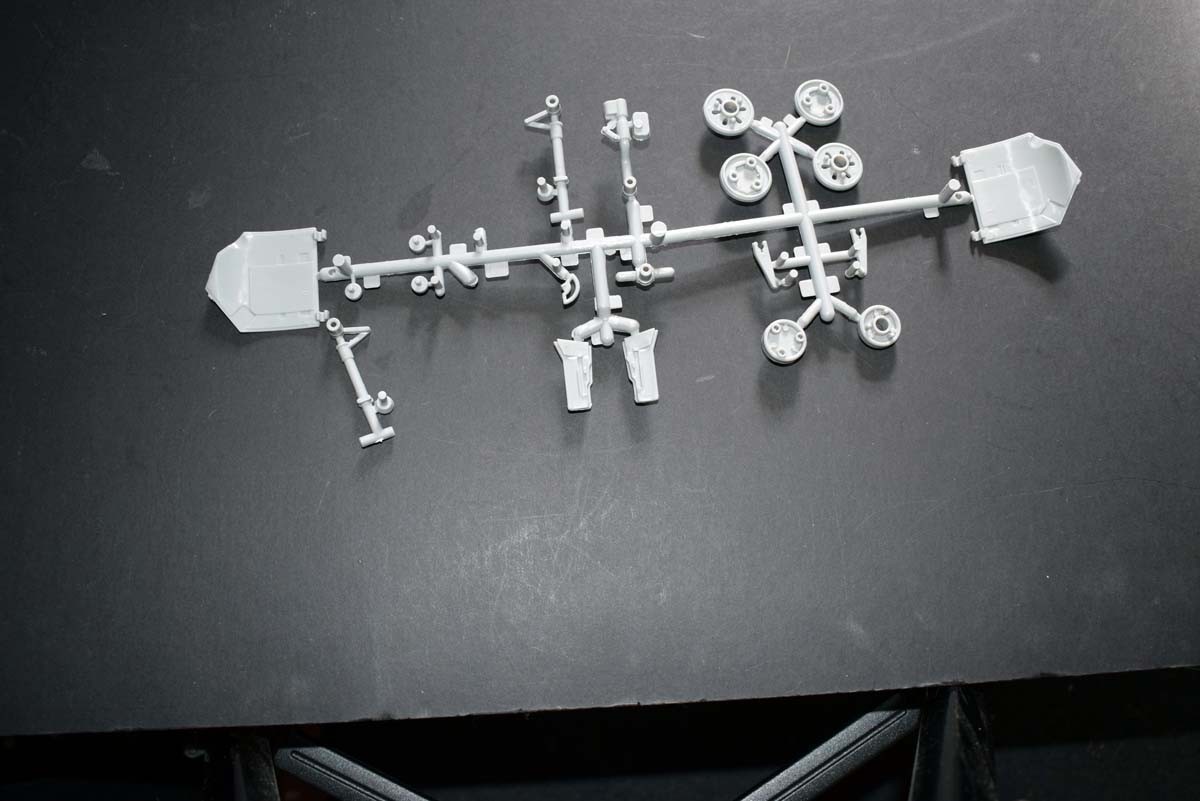
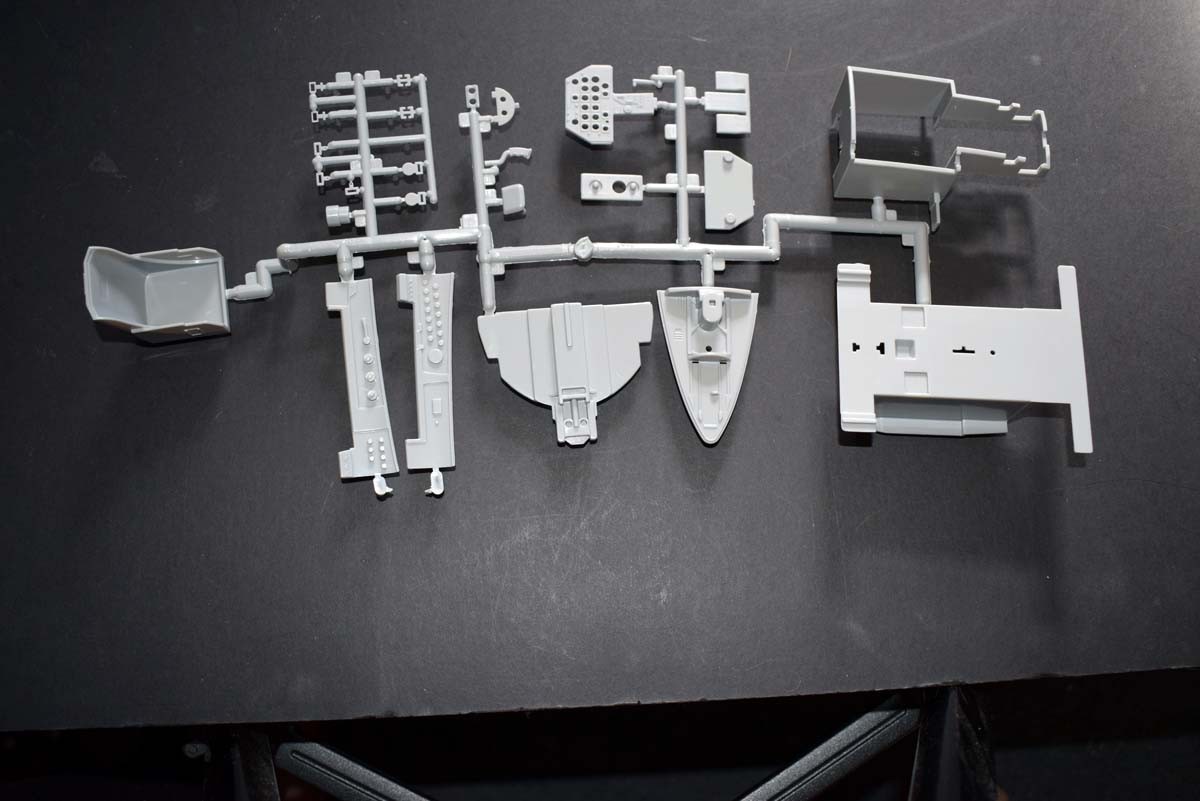
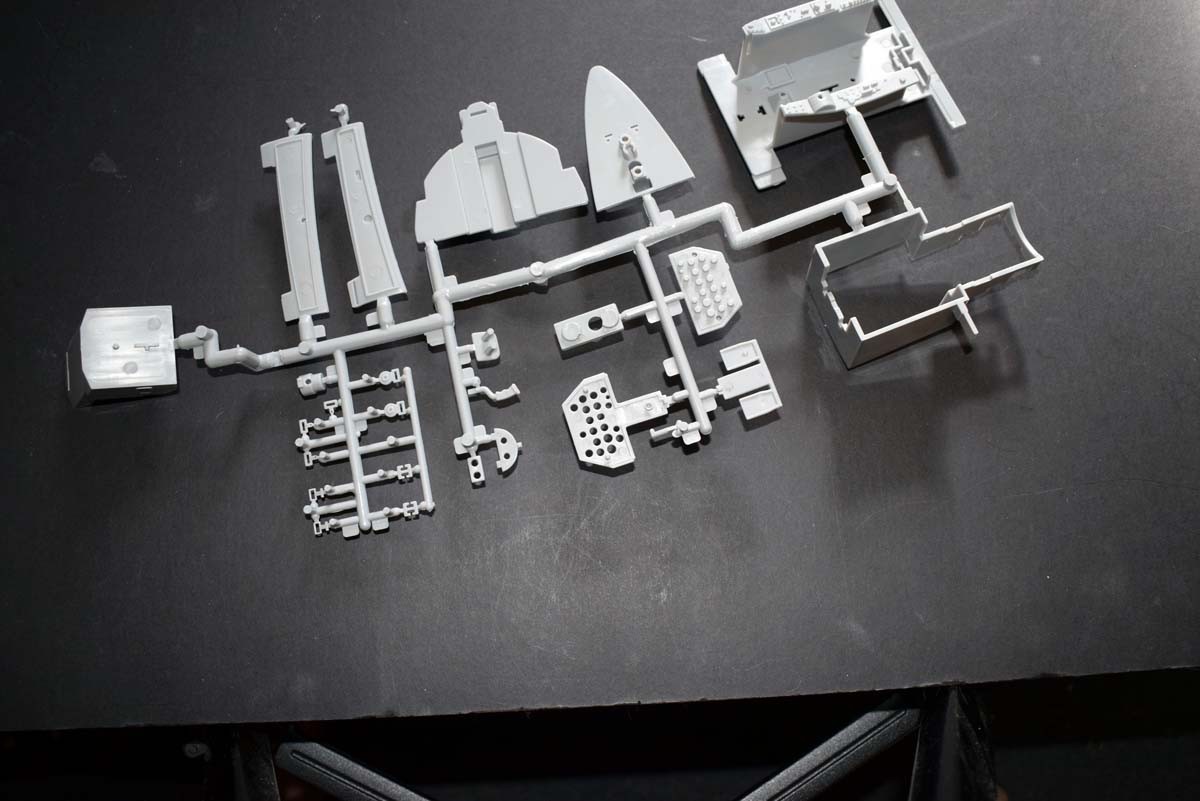
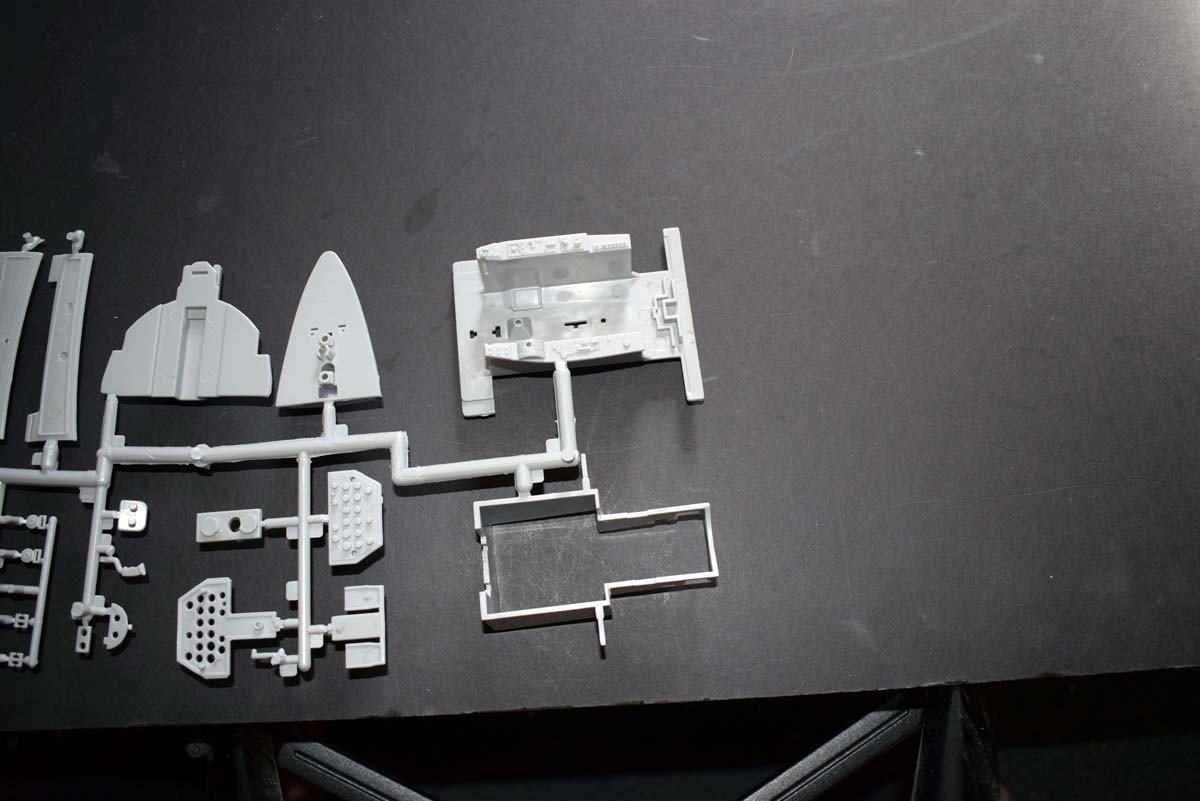
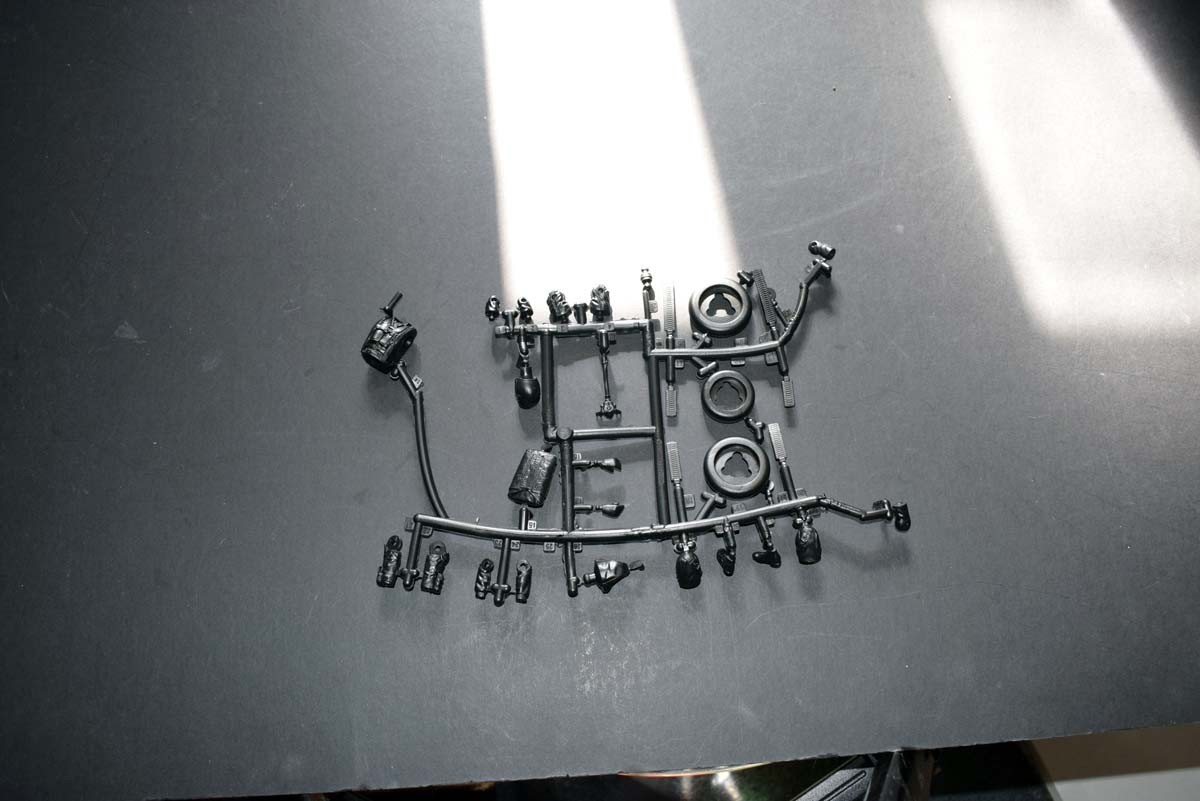

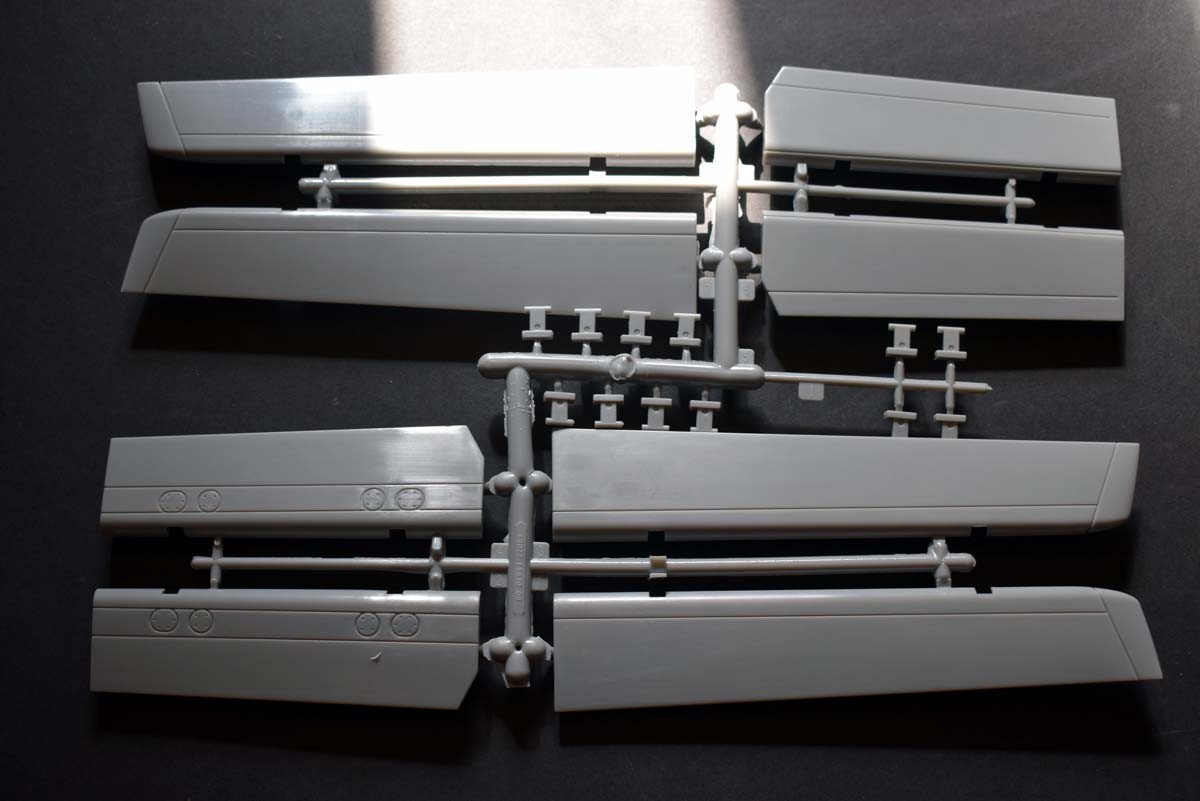
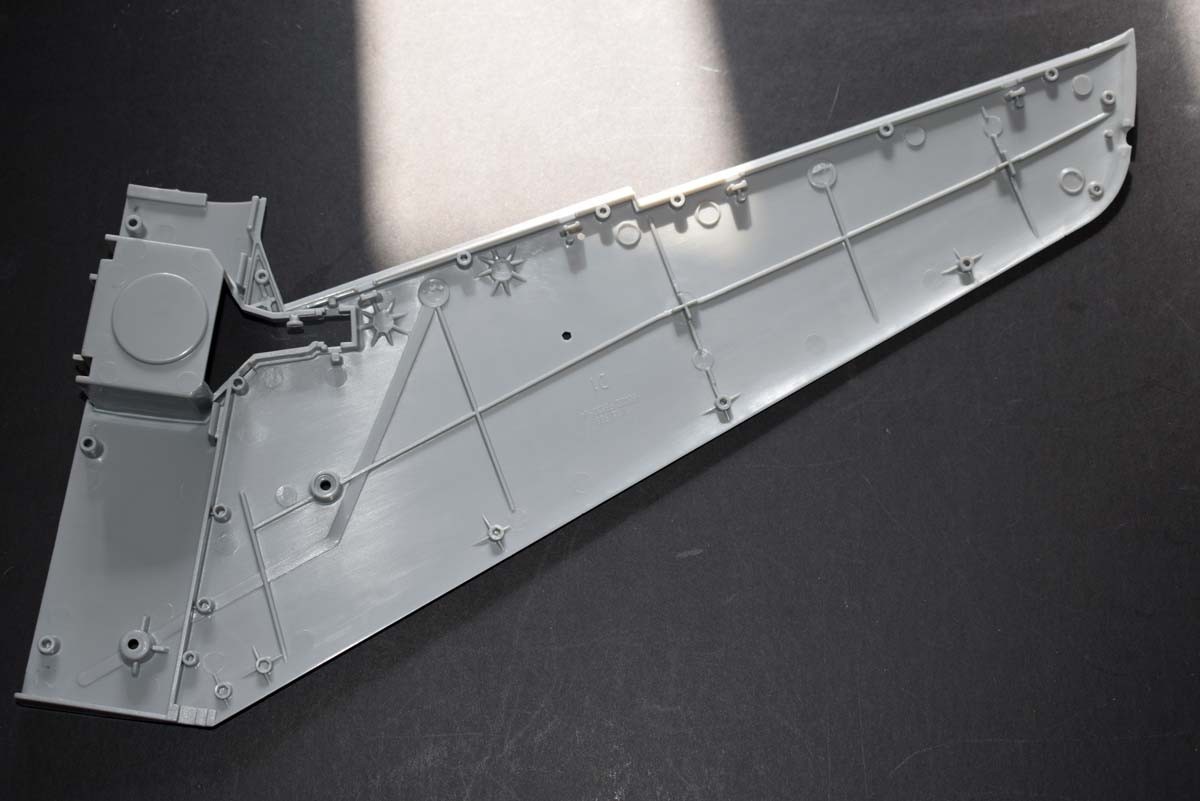
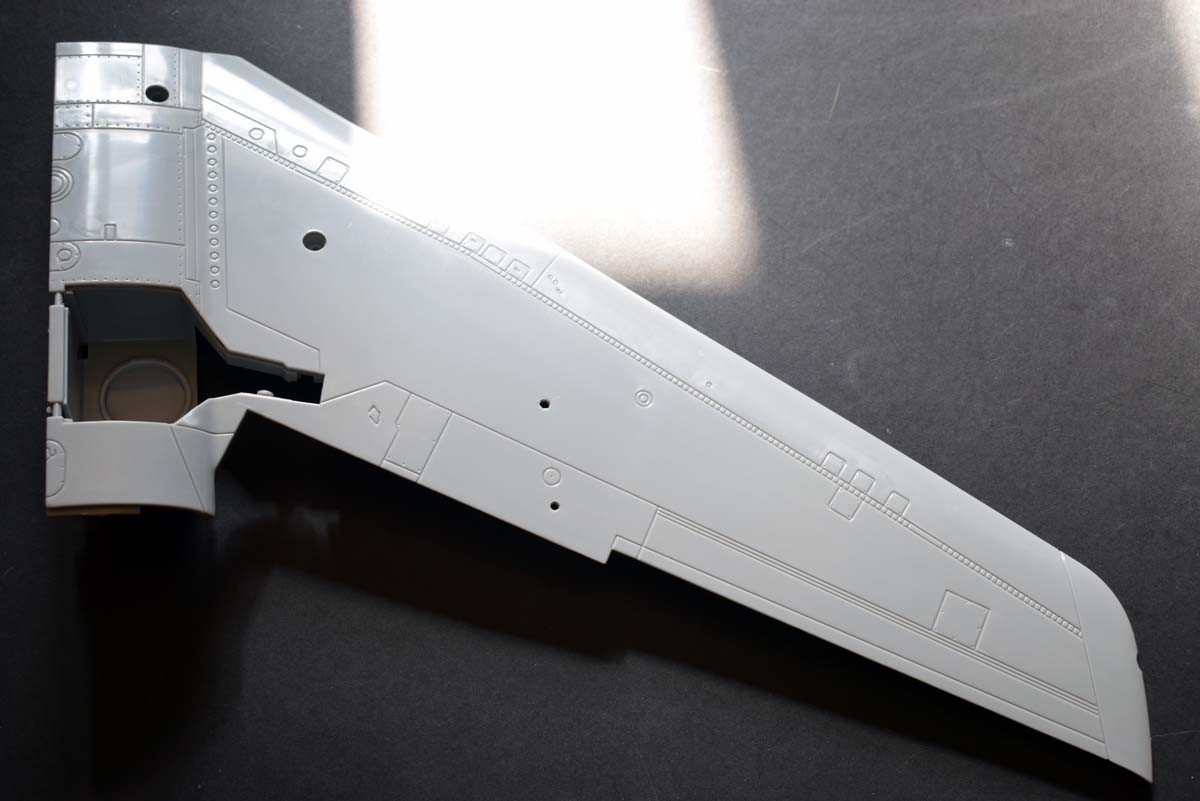


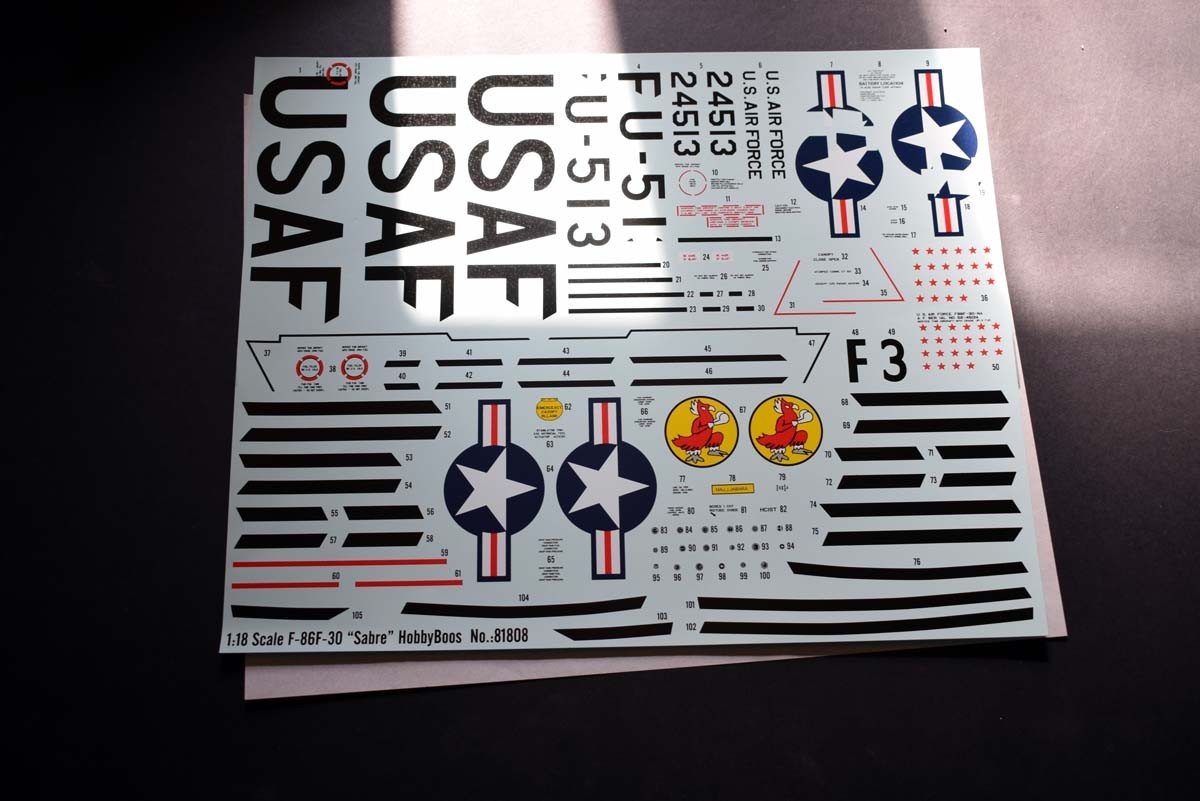
Conclusion
This model offering from Hobby Boss is a stunning model in term of size that I would have loved to have received as a child. The number of functional items designed into the model, would only add to the appeal for the younger modeller. The detail is a little soft in places but is not beyond redemption. A more serious modeller could certainly build this kit into a very visually appealing Sabre. The sheer size of the finished model, would certainly attract people to view it, but it would require a good deal of scratch building and after market parts to obtain that goal. Having had the plastic in my hands, and being able to see the various parts of the model close up, I do feel this is worthy of consideration as a project to replicate a large scale Sabre.






















